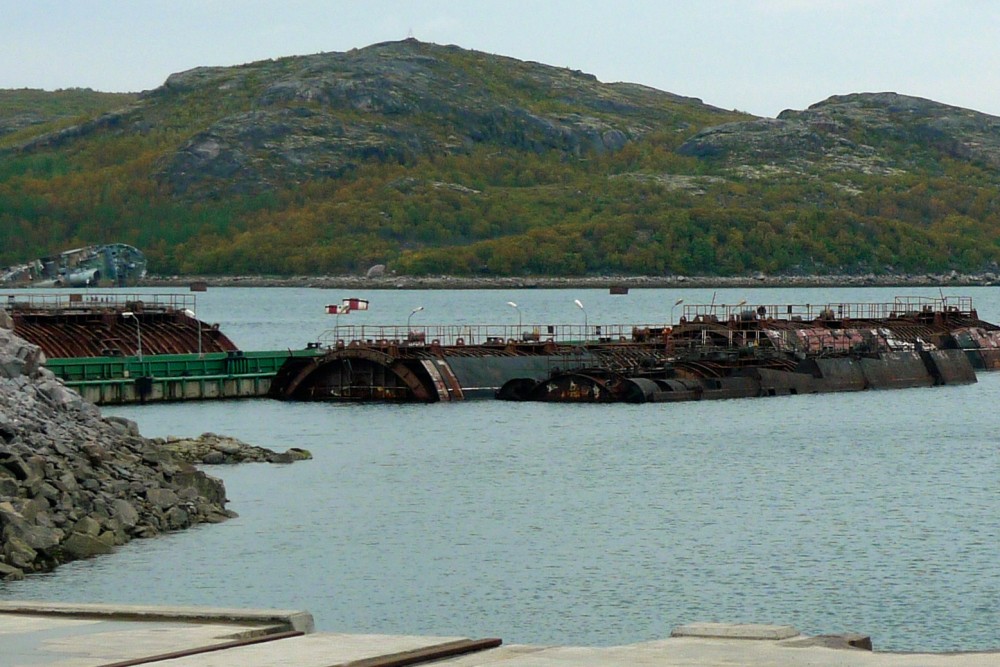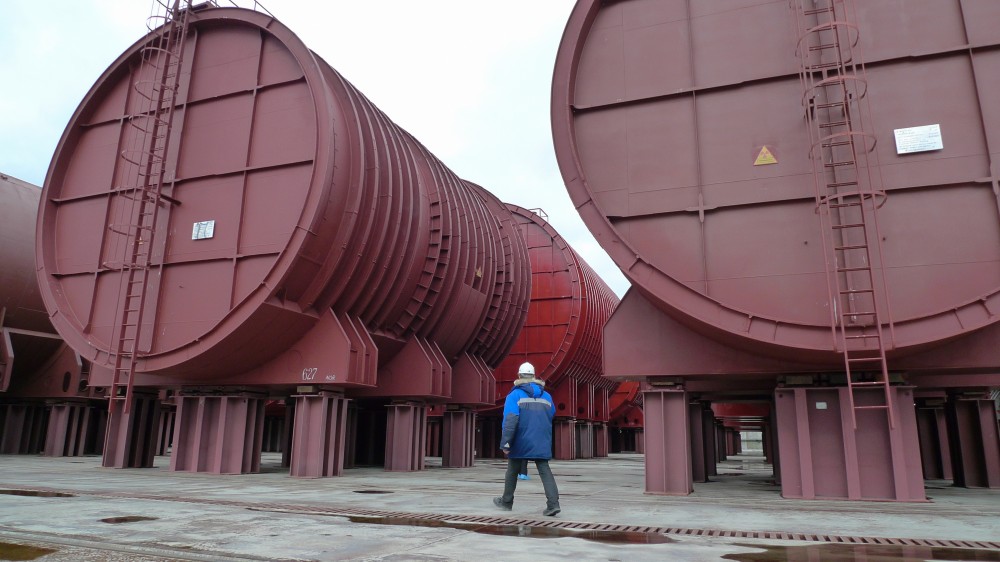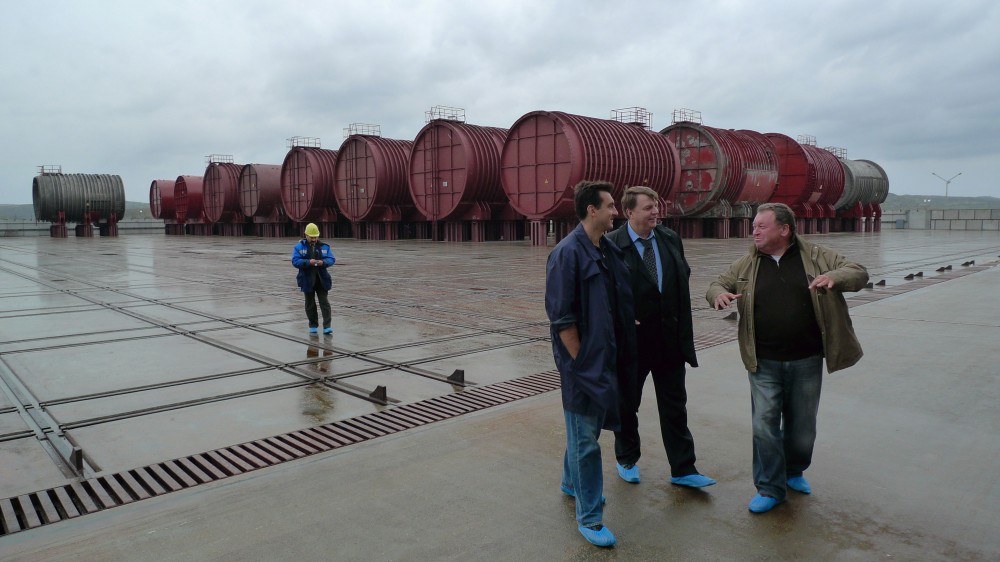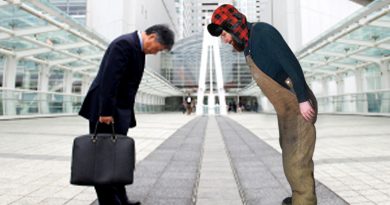Dangerous radioactive reactors soon to be lifted off the waters in Russia

15 more Cold War sub reactor compartments to be taken on-shore and secured at the long-term storage complex in Saida Bay.
The compartments, containing hundreds of tons of radioactive scrap metal, are today floating at piers just near the storage complex on the Barents Sea coast.
Rosatom, Russia’s state nuclear corporation, says it will provide 1,9 billion rubels (€29,5 million) over the next two years for lifting 15 reactor compartments from scrapped nuclear powered submarines onshore to the long-term storage facility, RIA Novosti reports.
Floating in the sea, the compartments are today exposed to harsh weather conditions, especially during winter.
The 15 reactor compartments come in addition to the already 84 reactor compartments that are stored on the giant concrete pad.
World’s northernmost

When filled up, Saida Bay complex will hold 150 reactor compartments, 25 units with compartments of nuclear support vessels, like the “Lepse”, decommissioned nuclear powered icebreakers, naval vessels for spent nuclear fuel and other transport/storage vessels for solid radioactive waste.
Some 100,000 m3 of solid radioactive waste will be stored in Saida Bay, mainly naval waste from Andreeva Bay, Gremikha and Severodvinsk. Located at 69 degrees north in the Murmansk region, the long-term storage site is the world’s northernmost.
According to a 2014 overview by a Russian participant delivered at a workshop of the Contact Expert Group for Nuclear Legacy Initiatives in the Russian Federation, the 30 reactor compartments that were afloat in Saida Bay had a weight of 820 tons. Since then, some 15 compartments are lifted onshore. Assuming the remaining compartments are of similar size, the weight would be around 400 tons.
Paid by Germany

Saida Bay storage and treatment complex for radioactive waste is financed with a €600 million grant from Germany as part of the G8 Global Partnership Against the Spread of Weapons and materials of Mass Destruction.
Describing the complex in a meeting with President Vladimir Putin earlier in January, Murmansk Governor Marina Kovtun said it “is unique in the world today with regards to technology and safety.”
During Cold War, two-thirds of all Soviet nuclear powered submarines were based with the Northern fleet along the coast of the Kola Peninsula. Some 130 of the 150 nuclear submarines were taken out of operation by the end of the Cold War and are now decommissioned.
Russia is currently building both new nuclear powered multi-purpose submarines and vessels that carry ballistic missiles.
Related stories from around the North:
Canada: Drilling waste thawing and leaching into lakes in Canada’s Far North, Eye on the Arctic
Finland: Posiva Solutions to assist Fennovoima in nuclear waste disposal, Yle News
Norway: Norway is polluting Murmansk says Russian official, Barents Observer
Russia: Russian republics unite against oil spills, The Independent Barents Observer
Sweden: Sweden’s Radiation Safety Authority endorses nuclear waste disposal plan, Radio Sweden
United States: Villagers suspect nuclear devices buried in Arctic Alaska, Alaska Dispatch News



